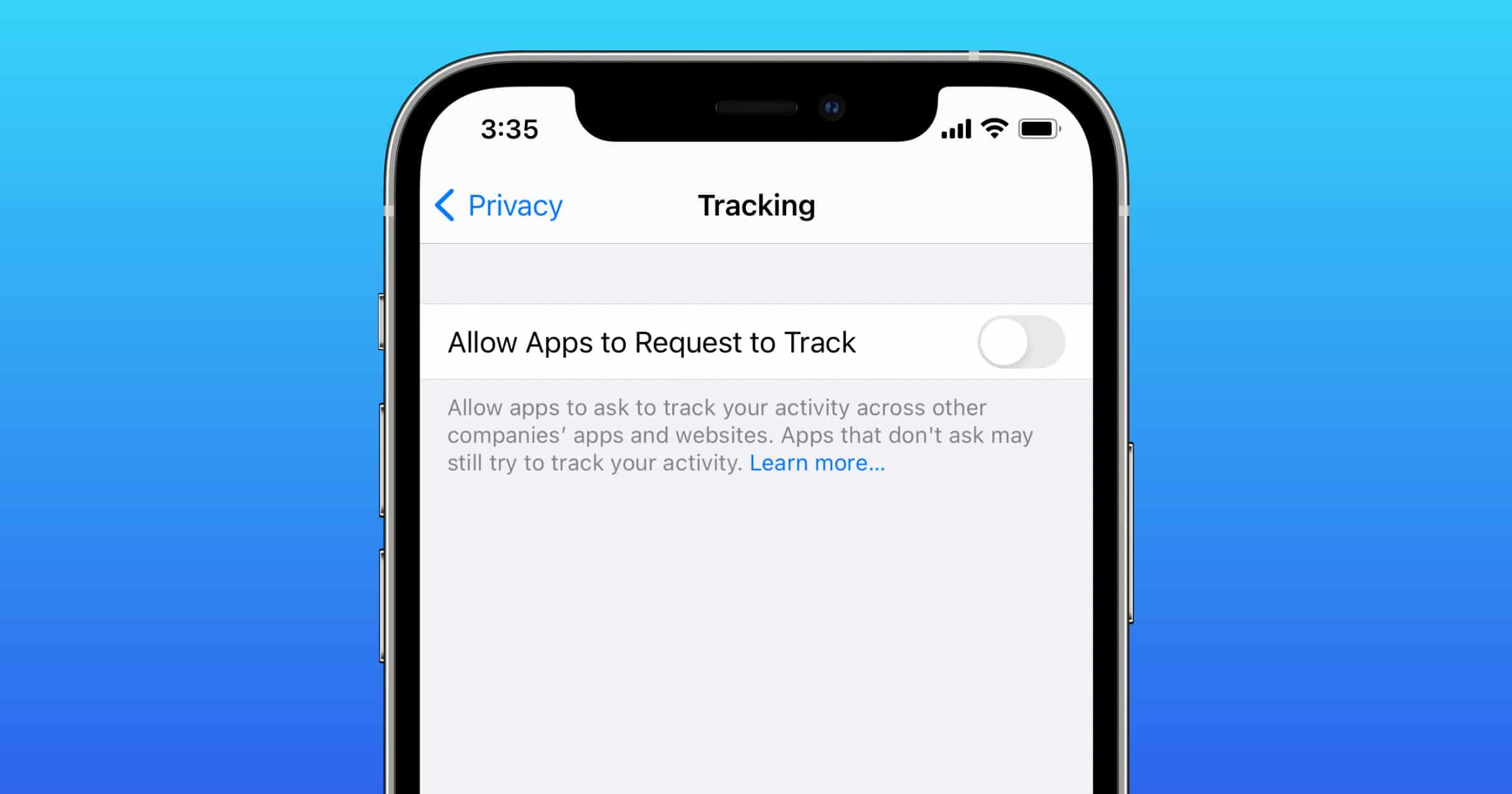Dating app Bumble filed its IPO on Friday with the U.S. Securities and Exchange Commission. Amid its listings of possible risks to the company that investors should know about, it mentions iOS 14 App Tracking Transparency.
Bumble IPO
On page 30 Bumble states that it expects users to willingly opt-in to its targeted advertising to be 0 to 20%.
Apple’s IDFA is a string of numbers and letters assigned to Apple devices which advertisers use to identify app users to deliver personalized and targeted advertising. As of October 31, 2020, according to Mixpanel, more than half of iOS devices were running on iOS 14. We expect that app users’ opt-in rate to grant IDFA access will ultimately be approximately 0 to 20%.
As a consequence, the ability of advertisers to accurately target and measure their advertising campaigns at the user level may become significantly limited and app developers may experience increased cost per registration.
Although introduced in iOS 14, Apple delayed the rollout of App Tracking Transparency to give developers more time to comply. Found in Settings > Privacy > Tracking, ATT is a slight redesign of the IDFA code used for ads.
Now, instead of a just binary option where users could limit ad tracking or don’t limit it, a pop-up will appear when an app wants to track them, asking that users opt-in or not. People can go into settings and turn on tracking for individual apps at will. Tracking can also be turned off so apps can’t ask to track and so can’t track at all.
Entities whose business model is heavily reliant on advertising like Facebook, news publishers, and game developers, are concerned. The IPO mentions Bumble spent US$130.4 million on ads in 2019. However, the majority of Bumble’s revenue comes from subscriptions and other in-app purchases.
